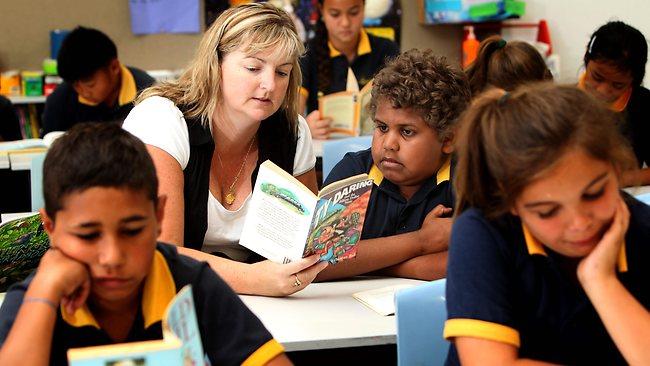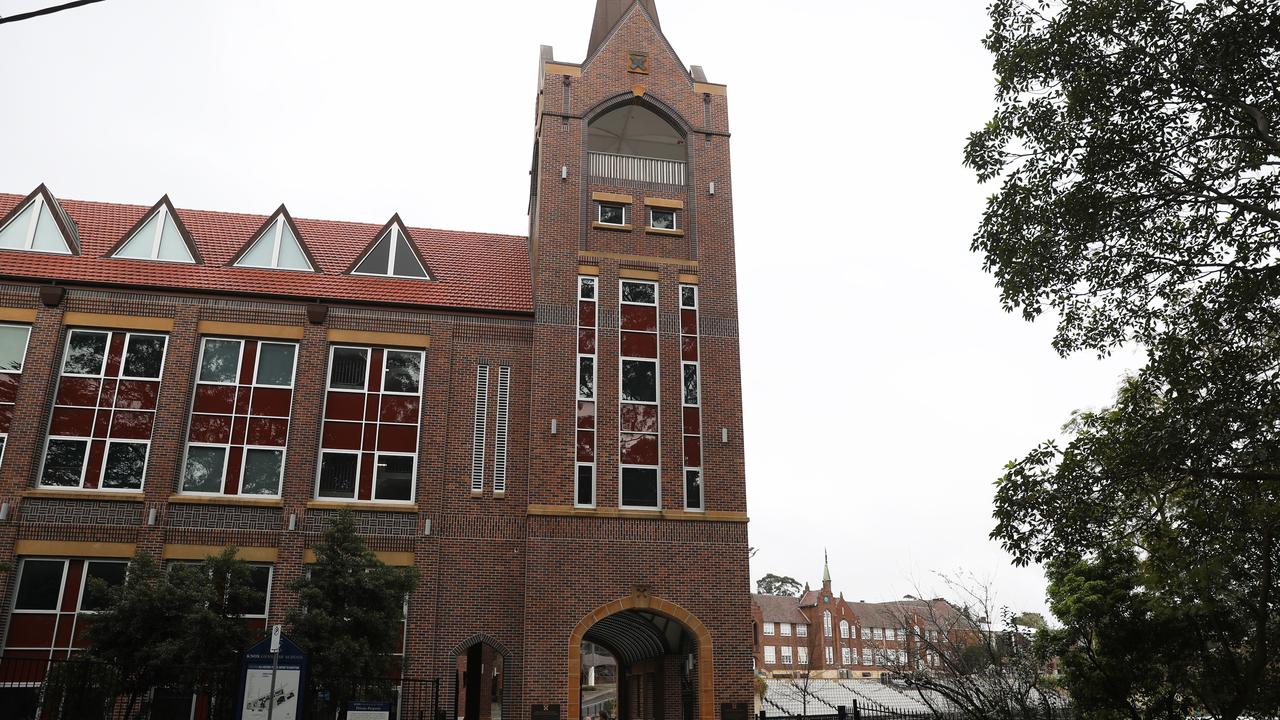The gap in achievement between indigenous and non-indigenous students is not changing
THE national literacy and numeracy test results prove the education system is failing indigenous children, says Warren Mundine.

THE national literacy and numeracy test results are evidence the education system is failing indigenous children, according to Aboriginal leader Warren Mundine.
The chief executive of GenerationOne and former ALP national president said indigenous communities had to demand academic excellence and could learn from Asia, where a number of school systems had improved rapidly in recent years.
The National Assessment Program - Literacy And Numeracy released on Tuesday showed a stalling in the improvement of literacy and numeracy skills, with the gap in achievement between indigenous and non-indigenous students not changing.
Indigenous students in very remote areas have the lowest scores, well below non-indigenous students in the same areas. Only 8.6 per cent of Year 5 students in very remote communities in the Northern Territory met the minimum standard in reading, compared with 94 per cent of non-indigenous students in the same areas.
Mr Mundine told The Australian the federal government had committed to halving the gap in the number of students who reach the minimum standard in reading, writing and numeracy by 2018.
"It is appalling to think that we are not making progress towards the most basic of targets," he said.
"The target was a commitment to essentially halve the failure rate, not double the success. The targets need to be stronger.
"We need to see the indigenous kids moving into the top percentiles of the nation."
Mr Mundine said the bar for indigenous students in education had been set too low for too long and reform was required across the nation. "Indigenous communities need to be demanding academic excellence and the education system needs to deliver it," he said.
"Indigenous communities need to own their education system and be a part of it, that way we can inspire our kids to pursue excellence. We can learn from what has happened across Asia, particularly in China and India, where there is a passion for education and educational success."
The NAPLAN results show there has been a small closing of the gap at Year 3, with the proportion of indigenous students meeting minimum standards rising to 74.2 per cent this year compared with 68.3 per cent in 2008, when the tests started.
At Midvale Primary School in Perth, principal Tania Leete has presided over a growth in student numbers this year by more than one-third, which she attributes to the school's reputation for rapidly improving children's learning.
Midvale started the year with about 295 enrolled and has 400 now, including 80 indigenous students, and one-fifth of students speak English as a second language.
"Parents are coming because they're hearing that kids who weren't reading before are reading now," Ms Leete said.
"Word of mouth in our sort of community is everything. It's as simple as that to a lot of our parents: 'I want my child to do better than I did'."
The school has a strong focus on ensuring there are no obstacles to learning and the students are ready for class, with health checks, a breakfast club, an early intervention program and an indigenous support plan, working with families to improve attendance and NAPLAN results.
Ms Leete said this had contributed to a steady improvement in NAPLAN scores across all years, for both indigenous and non-indigenous students.


